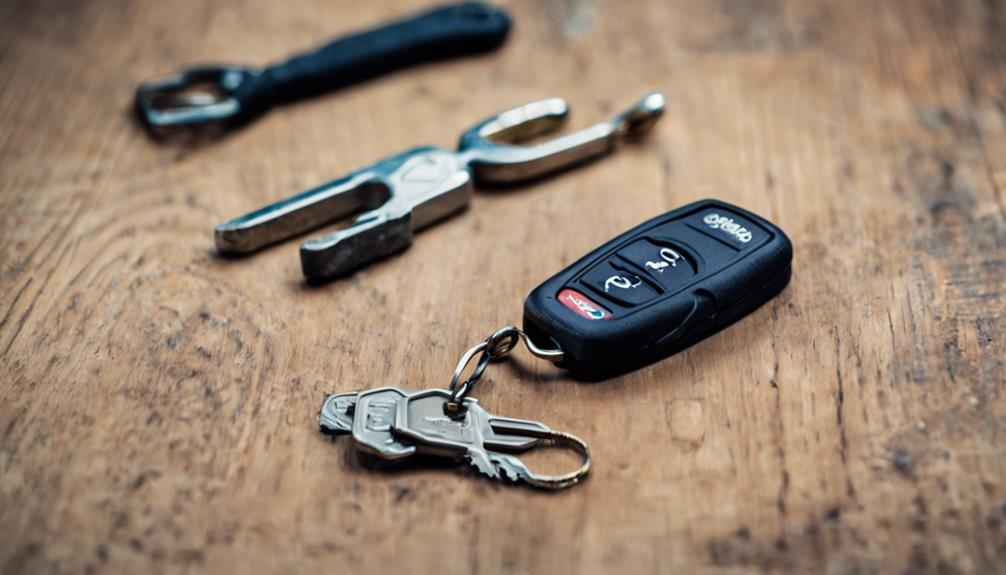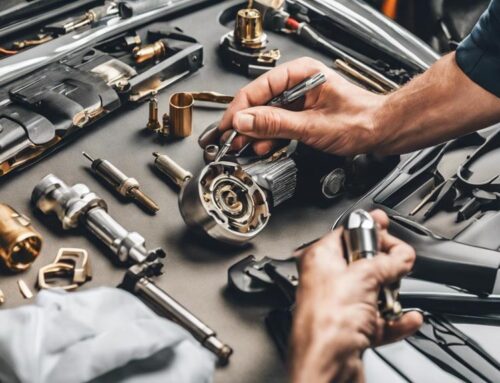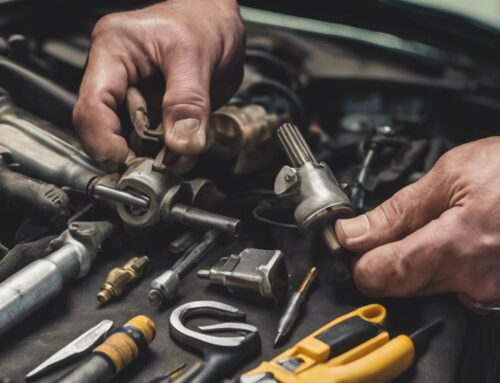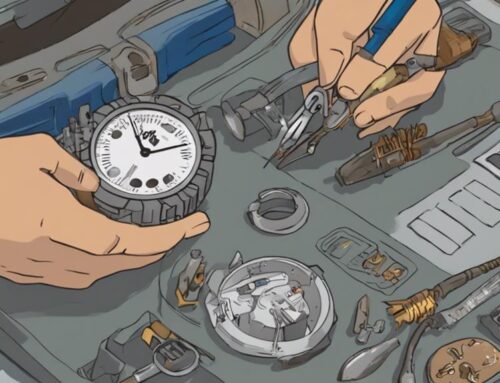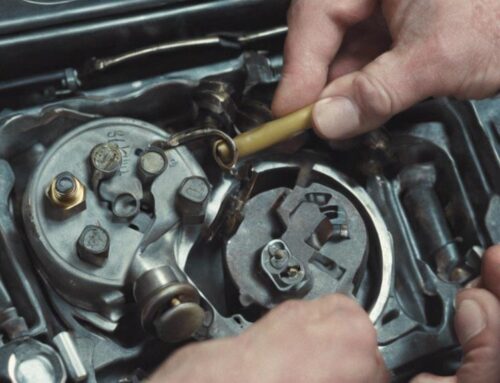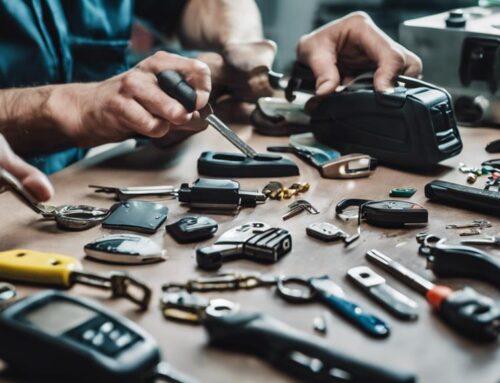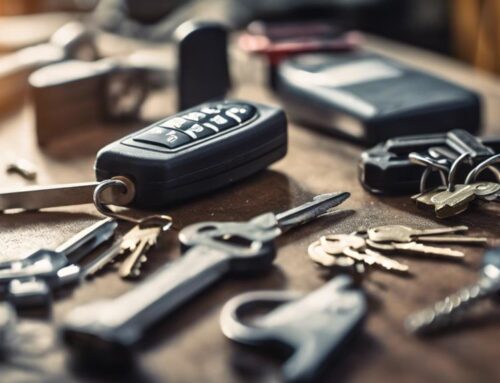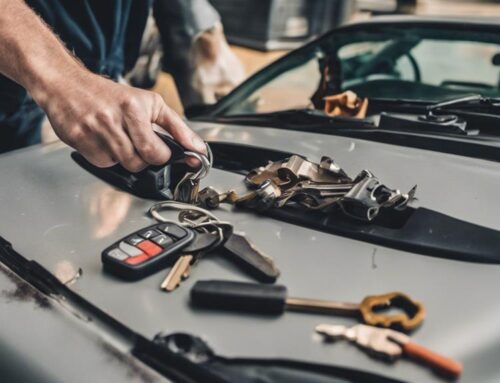If you're noticing issues with your key fob, like struggling to open your car or a shorter operational range, you might be wondering whether it's time for a simple battery change, a more complex reprogramming, or even a complete replacement. It's crucial to assess the situation carefully, as each scenario requires a different approach. Understanding the signs can save you time and hassle down the road. But how do you pinpoint what exactly needs to be done? Let's break it down further and find out the best steps to take.
Key Takeaways
- If the key fob requires multiple attempts to unlock the vehicle, it may need a battery change or reprogramming.
- Unresponsive buttons or diminished range often indicate low battery; replace the battery first before considering other issues.
- Visible cracks or physical damage to the fob suggests it needs replacement rather than a simple repair or programming.
- If the vehicle does not recognize the fob after a battery change, reprogramming may be necessary to resync it with the vehicle.
- Consult the owner's manual for specific instructions on battery type and reprogramming procedures to ensure proper maintenance.
Signs Your Key Fob Is Failing
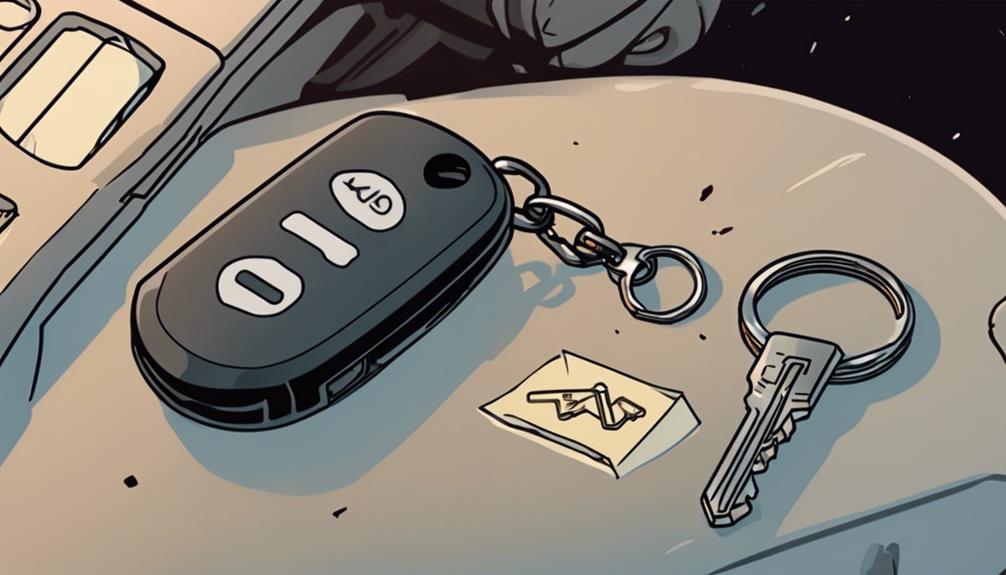
Often, you might notice signs indicating that your key fob is failing. If you find it requires multiple attempts to open your vehicle or the range seems diminished, this could signal a decline in key fob longevity. Additionally, unresponsive buttons or intermittent functionality are clear indicators that a replacement is necessary. When these issues arise, it's essential to evaluate your options. You can either replace the key fob entirely or consider reprogramming it, should it still be functional. Keep in mind that using the right materials and methods can extend your key fob's life. Make sure you're aware of available replacement options to maintain seamless access to your vehicle—after all, convenience and security are vital. Can Locksmiths Handle Key Fobs for Any Vehicle
Battery Life and Performance
Understanding the battery life and performance of your key fob is essential for guaranteeing its reliability. Key fob batteries typically last between two to four years, depending on usage and environmental conditions. To enhance battery longevity, avoid exposing your fob to extreme temperatures or moisture. Regularly check for signs of diminishing performance, such as needing to press buttons multiple times or standing closer to your vehicle. If you notice these symptoms, consider the replacement frequency; replacing the battery sooner can prevent potential inconveniences. Always use high-quality batteries to maintain peak function. By staying proactive about your key fob's battery health, you can guarantee seamless access to your vehicle and avoid unexpected failures.
When to Reprogram Your Key Fob
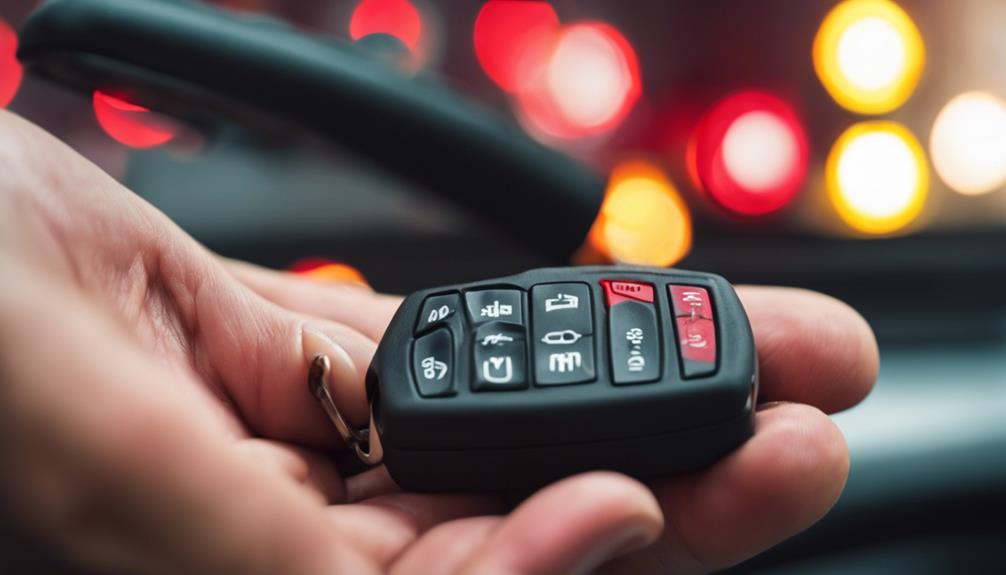
If your key fob's battery is still functioning but you're experiencing issues, it might be time to contemplate reprogramming it. This is particularly relevant if your fob fails to open or start your vehicle, indicating a possible glitch in the key fob technology. The reprogramming process typically involves syncing your fob with your vehicle's onboard computer. Consult your owner's manual for specific instructions, as the procedure can vary by make and model. If you've recently changed your vehicle's battery or experienced electrical system repairs, reprogramming may also be necessary. By understanding when to reprogram, you can guarantee your key fob remains an effective tool for accessing your vehicle seamlessly and securely. Locksmiths have the expertise to assist with key fob reprogramming for various vehicle types, including luxury and older models with unique programming needs.
Diagnosing Physical Damage
To diagnose physical damage on your key fob, start by inspecting it for any visible cracks or signs of wear. If you notice any issues, consider seeking assistance from a professional locksmith who can fix broken key fobs and provide services like battery replacement. Next, test the functionality of each button to guarantee they respond properly. This will help you determine if the fob requires repair or replacement.
Inspect for Visible Cracks
When inspecting your key fob for potential issues, start by checking for visible cracks or damage on the exterior casing. Key fob materials, such as plastic and rubber, can degrade over time due to environmental factors like extreme temperatures, moisture, and UV exposure. Any noticeable cracks may compromise the fob's structural integrity and expose internal components to further damage. If you find any defects, it's essential to assess the severity, as minor cracks might be manageable, while larger breaks could necessitate replacement. Remember, a compromised key fob can lead to malfunctioning signals, impacting your vehicle's accessibility. Address these physical issues promptly to guarantee peak performance and protect your investment. To learn more about keyless entry tools and compatibility, check out Unlocking Keyless Entry: Tools and Compatibility Explained.
Test Button Functionality
After checking for visible cracks, the next step is to assess the button functionality of your key fob. Start your key fob testing by pressing each button firmly to gauge button responsiveness. If a button doesn't respond consistently, it may indicate internal damage or wear. You should also verify that the buttons click audibly; a lack of sound can signal that the mechanism is compromised. For advanced diagnostics, use a multimeter to check the circuit continuity when a button is pressed. If none of these methods yield satisfactory results, it's likely time to think about replacement or reprogramming. Confirming ideal button functionality is essential for your key fob's performance and your vehicle's security.
Quick Diagnostics From Low Rate Locksmith
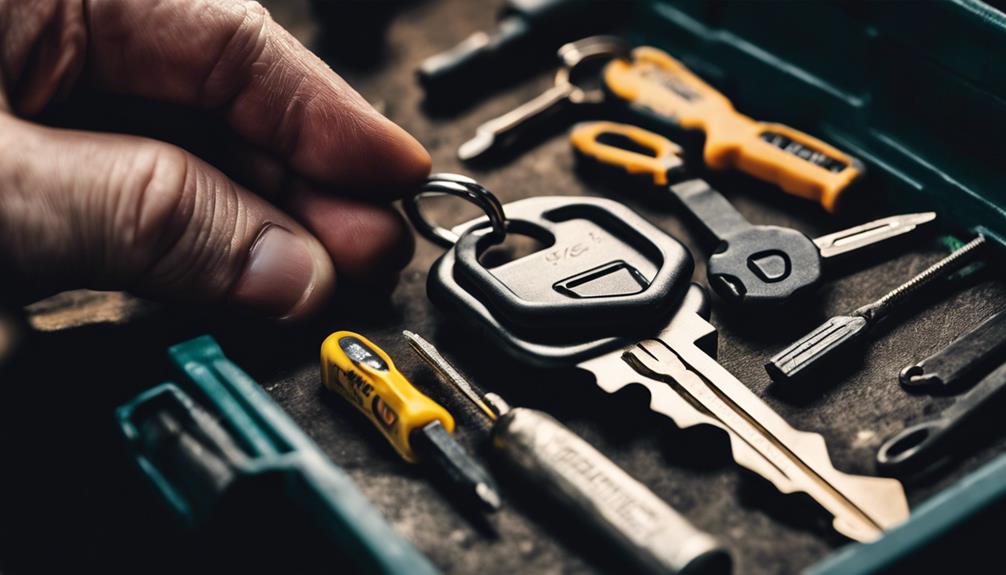
When your key fob shows signs of malfunction, recognizing common symptoms is essential for effective troubleshooting. Low rate locksmiths utilize specific diagnostic tools to identify whether your fob needs replacement, reprogramming, or a simple battery change. Understanding these diagnostics can save you time and money in maintaining your key fob's functionality.
Common Symptoms Explained
Several common symptoms can indicate that your key fob needs attention, whether it's a battery change, reprogramming, or outright replacement. If your key fob struggles to open or start your vehicle, it might be time to check the battery or consider replacement options. Different key fob types may exhibit unique issues; for instance, a smart key fob might fail to communicate with your vehicle's system, signaling a possible reprogramming need. Additionally, if you've recently replaced your vehicle's battery, the fob may require reprogramming to sync properly. Observing these symptoms promptly can help prevent inconvenience and guarantee that you maintain ideal vehicle access and security. Don't ignore the signs; take action when necessary.
Diagnostic Tools Available
Diagnostic tools available for key fob issues can greatly streamline the troubleshooting process. Using specialized diagnostic software, you can quickly assess the functionality of your key fob technology. These tools not only identify battery issues but also determine if reprogramming is necessary.
| Diagnostic Tool | Purpose |
|---|---|
| Key Fob Tester | Tests signal strength and range |
| Battery Analyzer | Checks battery voltage |
| Reprogramming Device | Reprograms key fob if needed |
| Code Reader | Retrieves error codes |
| Signal Generator | Simulates key fob signals |
Preventative Maintenance Tips
Regular maintenance of your key fob can greatly extend its lifespan and guarantee reliable performance. To guarantee effective key fob care, follow a maintenance schedule that includes these essential tips:
- Battery Checks: Regularly test your key fob's battery life and replace it promptly to avoid unexpected failures. It is recommended to follow a battery replacement schedule to maintain peak performance and avoid inconvenient situations Essential Tips for Caring for Your Keyless Entry Remote.
- Physical Inspection: Periodically examine your fob for signs of wear or damage; address any issues immediately to maintain functionality.
- Cleanliness: Keep your key fob clean and free from debris. Use a soft cloth to wipe it down, ensuring the buttons remain responsive.

